Shanghai taxi incarnation "PM2.5 mobile monitoring station" real-time monitoring of air quality
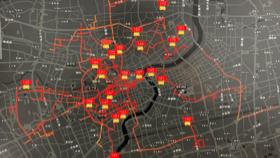
Oriental Network reporters Xia Yujie and Cao Lei reported on January 16: "At 11 noon on the 15th, the PM2.5 index of Huaihai Road was 129, and the PM2.5 index of Songhong Road was 138…" In the computer of Tan Hongwei, executive deputy director of the Green Building and New Energy Research Center and professor of the School of Mechanical and Energy Engineering at Tongji University, the large and small road sections in Shanghai showed different colors such as red, orange and yellow according to the pollution index, and the real-time air quality was clear at a glance.
If you think these data come from fixed environmental quality monitoring stations, you are mistaken. These data, which can be updated almost every second, are all from taxis shuttling through the streets of Shanghai. When the taxi passes you, it has already detected the PM2.5 data around you. So how did the taxi become a "PM2.5 mobile monitoring station"?
City air "monitoring nose" embedded in taxi overhead lights
Typically, PM2.5 data comes from government-run environmental quality monitoring stations, which have fixed locations and a small number. In Shanghai, for example, there are only 10 state-controlled stations and 16 city-controlled district-level monitoring stations on 6,340 square kilometers of land.
"Under such circumstances, how to encrypt the monitoring points to cover blocks and communities, and how to quickly monitor and improve real-time performance inspired our research group’s innovative thinking. Three years ago, we proposed to build a spatial monitoring network of urban air environment including drone-mounted, vehicle-mounted and fixed points, and received the response and support of the team of associate professor Shi Shuchun of Shandong University." Professor Tan Hongwei told the Oriental Network reporter, "We chose to install the equipment in the taxi overhead light, so that the monitoring height is similar to the breathing range of pedestrians, and the taxis running everywhere can also bring the detector into the streets and alleys and bring it to the citizens."
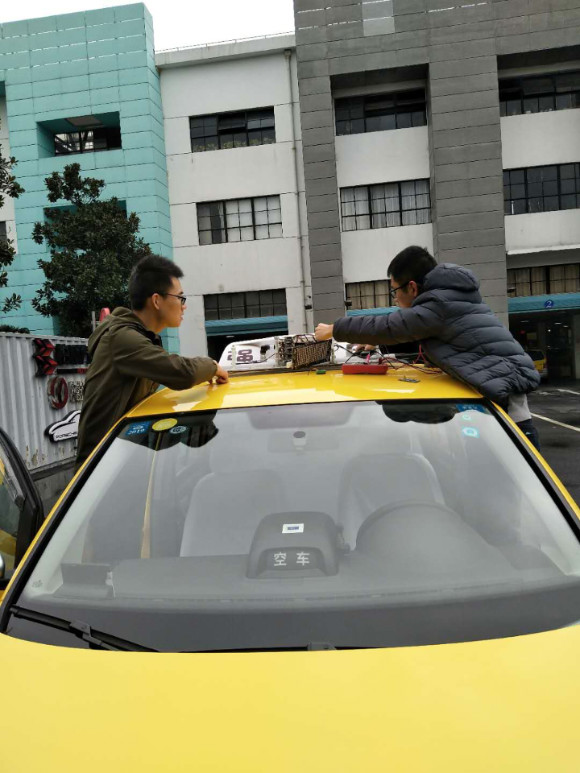
It is understood that the vehicle-mounted urban air monitoring equipment on taxis is based on the principle of laser detection and installed on taxi overhead lights, overcoming the impact of high temperature, high speed, vibration, wind disturbance, rain and snow, and can simultaneously monitor PM2.5 and PM10 two indicators, real-time transmission of location and monitoring data, successfully realizing the transition from fixed-point monitoring to full-road network monitoring, creating a new idea for air pollution monitoring.
"Taxi Movement Monitoring" covers 98% of roads in urban areas
According to reports, the first batch of 30 taxis in Shanghai was officially put into operation in Shanghai in December 2017. Based on the characteristics of taxi running 24 hours a day, each taxi can generate about 27,000 pieces of data a day, basically covering 98% of the city’s core area. Road.
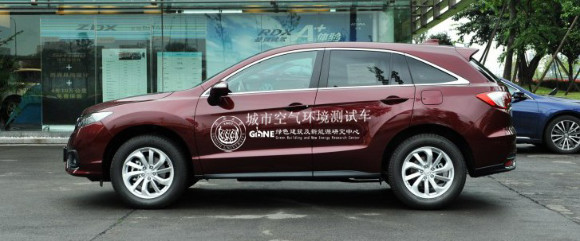
"Using the taxi as a mobile monitoring station, we can accumulate a large amount of urban ground air environment data every day, providing technical support for the city to carry out fine management." Professor Tan Hongwei said that for example, in the vicinity of construction sites, factory areas, catering blocks, etc., it is easy to monitor the PM2.5 value reflecting the degree of pollution in a timely manner. On this basis, the environmental protection department can strengthen the supervision of the air environment quality of the site in time or take corresponding countermeasures. "And these details are difficult to achieve at fixed monitoring points."
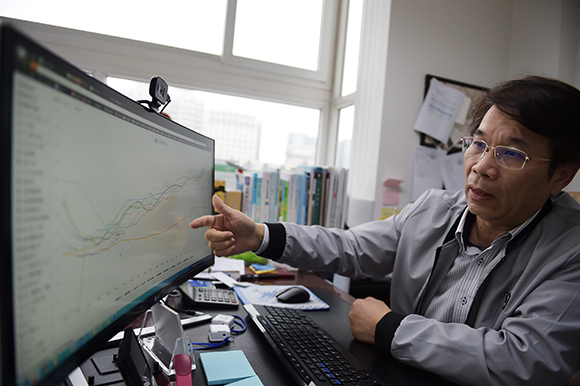
Picture description: Professor Tan Hongwei introduced to the Oriental Network reporter that the PM2.5 data pattern has been detected by environmental detectors across the city in the past month.
In response to the "taxi movement monitoring", the Oriental Network reporter found that many netizens also put forward the rationality of its existence. So, can the air quality of the road represent the environmental quality of the region? Motor vehicle exhaust is one of the sources of pollution, and it is really okay to install the detector on the "pollution source"? In this regard, Professor Tan said that with the improvement of vehicle exhaust emission standards, the amount of PM2.5 directly produced by exhaust gas is not much, but more "catalysts" and "raw materials" (nitrogen oxide gas and volatile organic gas) of PM2.5. PM2.5 is the secondary product of these emissions during the diffusion process, so the taxi carrying the detection device will not have a greater impact on the sampling at that time, and can better reflect the pollution situation in small areas. This point has also been proved from more than a year of monitoring.
"Open a Window" to Understanding the Urban Environment
"Through this monitoring system, it can also better help people to discover the distribution law of urban air pollution." Professor Tan Hongwei’s team drew the "Shanghai Four Seasons Hourly PM2.5 Concentration Map" based on the monitored data. It can be found that the PM2.5 concentration in Shanghai does not show a significant trend of "decreasing from the city center to the suburbs" like population density and enterprise density. It can be roughly summarized as "the suburbs are integrated, and the east is better than the west." There are also some interesting findings from the map. The PM2.5 concentration of the main roads that are even congested on weekdays is not higher than that of the surrounding areas.
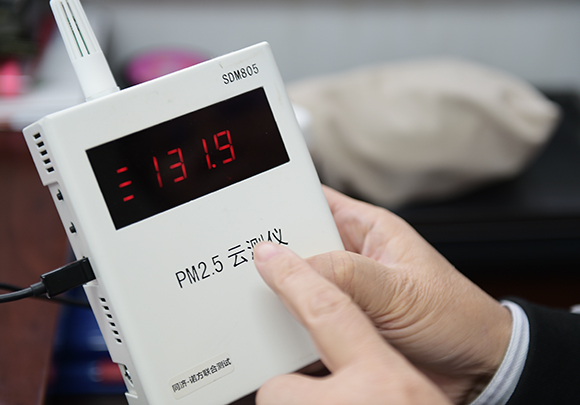
In addition to using taxis to monitor outdoor air quality, Professor Tan Hongwei’s research group is also working on indoor air quality research. "Our goal is to build a three-dimensional environmental monitoring network on the ground and in the air to help improve the living environment, from outdoor fixed-point monitoring to mobile monitoring (urban public transportation, shared bicycles) and aerial (drone)."
In order to better understand the city they live in, Professor Tan’s team will further explore cooperation with urban data innovation enterprises to expand the space of data applications and services. "We welcome some volunteers to join the air quality research experiment, and we will install indoor air monitors for them for free," said Tan Hongwei. "The monitoring data will be sent to their mobile phones in real time through the APP, and their homes will also become part of the scientific research."